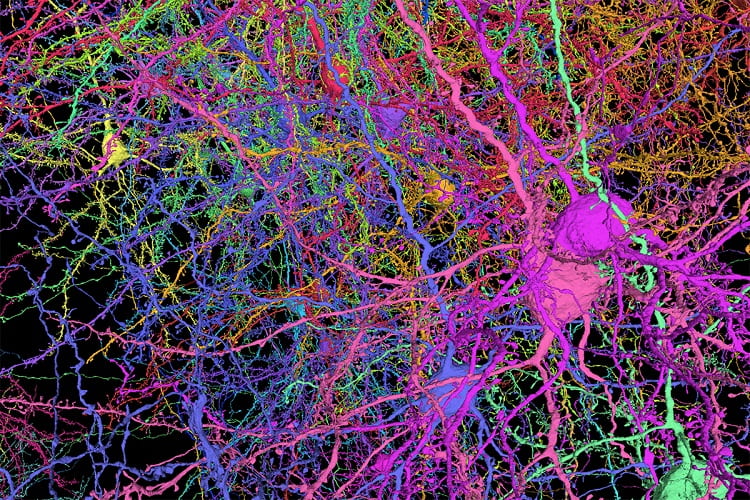A new deep learning tool from Keith Hengen allows scientists to give neurons a “computational fingerprint,” work that could significantly advance our understanding of the building blocks of thought.
The 86 billion neurons of the human brain are involved in constant banter, sending and receiving codes written in strings of electrical impulses. Listening to these conversations can offer insight into the basis of behavior and thought, but the language of neurons — which have hundreds of subtypes — has been hard to crack. A key question is whether diverse neurons, like people, speak different languages.
The language — or languages — used by brain cells may remain untranslated, but that hasn’t stopped Keith Hengen, PhD, assistant professor of biology, from listening. A new study published in Cell Reports details how Hengen and Eva Dyer, PhD of the Georgia Institute of Technology created a new deep learning tool to help decode the chaos of cognition.
The tool, which goes by the whimsical name LOLCAT (short for LOcal Latent Concatenated ATtention), allows scientists to identify neuron types simply by looking at the timing of their activity, a sort of “computational fingerprint.” This opens the possibility that any researchers recording the activity of neurons could identify underlying cell types without additional tools — a major advance in understanding the building blocks of thought.
